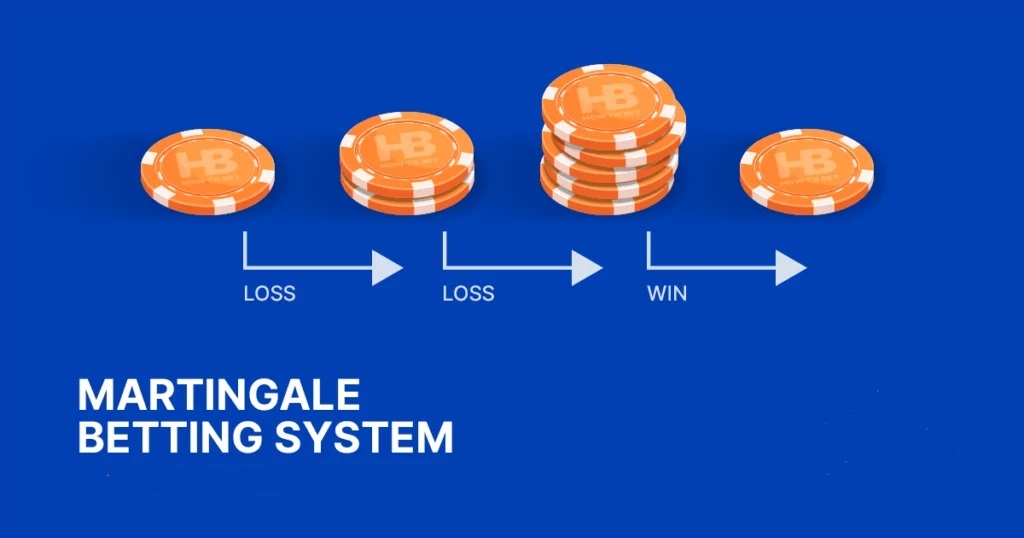Understanding the Martingale Betting Strategy in Sports Betting

Exploring the Martingale Betting Strategy
The Martingale betting strategy, a popular method in sports betting, is known for its simplicity and promise of short-term gains. This article aims to provide a detailed insight into the Martingale system, catering to bettors aged 25-65 who are looking for effective betting strategies.
The Basics of the Martingale System
At its core, the Martingale strategy involves doubling the bet amount after every loss, with the idea of recouping all previous losses and gaining a profit equal to the original bet when a win occurs.
This method is commonly used in games with a near 50-50 chance of winning, such as betting on red or black in roulette. In sports betting, it can be applied to simple win-lose scenarios.
However, it requires a substantial bankroll to sustain the exponential increase in bet size, especially during a losing streak.
Risks and Limitations
One of the major risks of the Martingale system is the potential for rapid depletion of the bettor’s bankroll. Extended losing streaks can lead to requiring significantly large bets to stay in the game.
Additionally, sports betting often has betting limits, which can hinder the ability to continuously double bets. This limitation can disrupt the Martingale strategy, as one loss after hitting the limit can be financially devastating.

Practical Application in Sports Betting
In sports betting, applying the Martingale system requires careful selection of events. Bettors often choose events with even odds, though finding such events can be challenging.
Discipline is key when using this strategy. Setting a limit on the number of consecutive losses before stopping can help in managing the financial risks.
Combining the Martingale system with thorough research and understanding of the sport can increase the chances of success.
Conclusion: Is Martingale Right for You?
The Martingale betting strategy, while simple, comes with significant risks. It can be effective for short-term betting with a substantial bankroll but may not be suitable for long-term betting plans. Bettors should weigh the risks and rewards carefully before adopting this strategy in sports betting.




